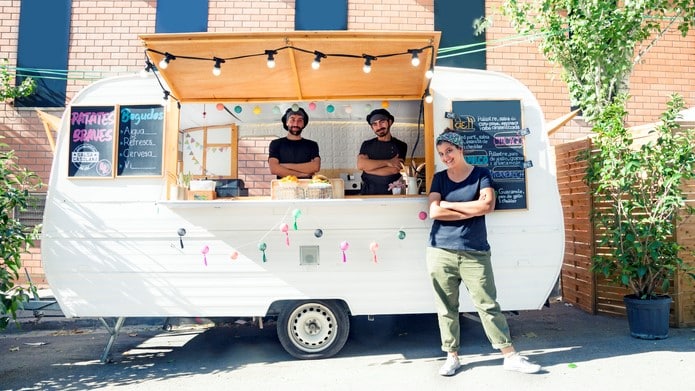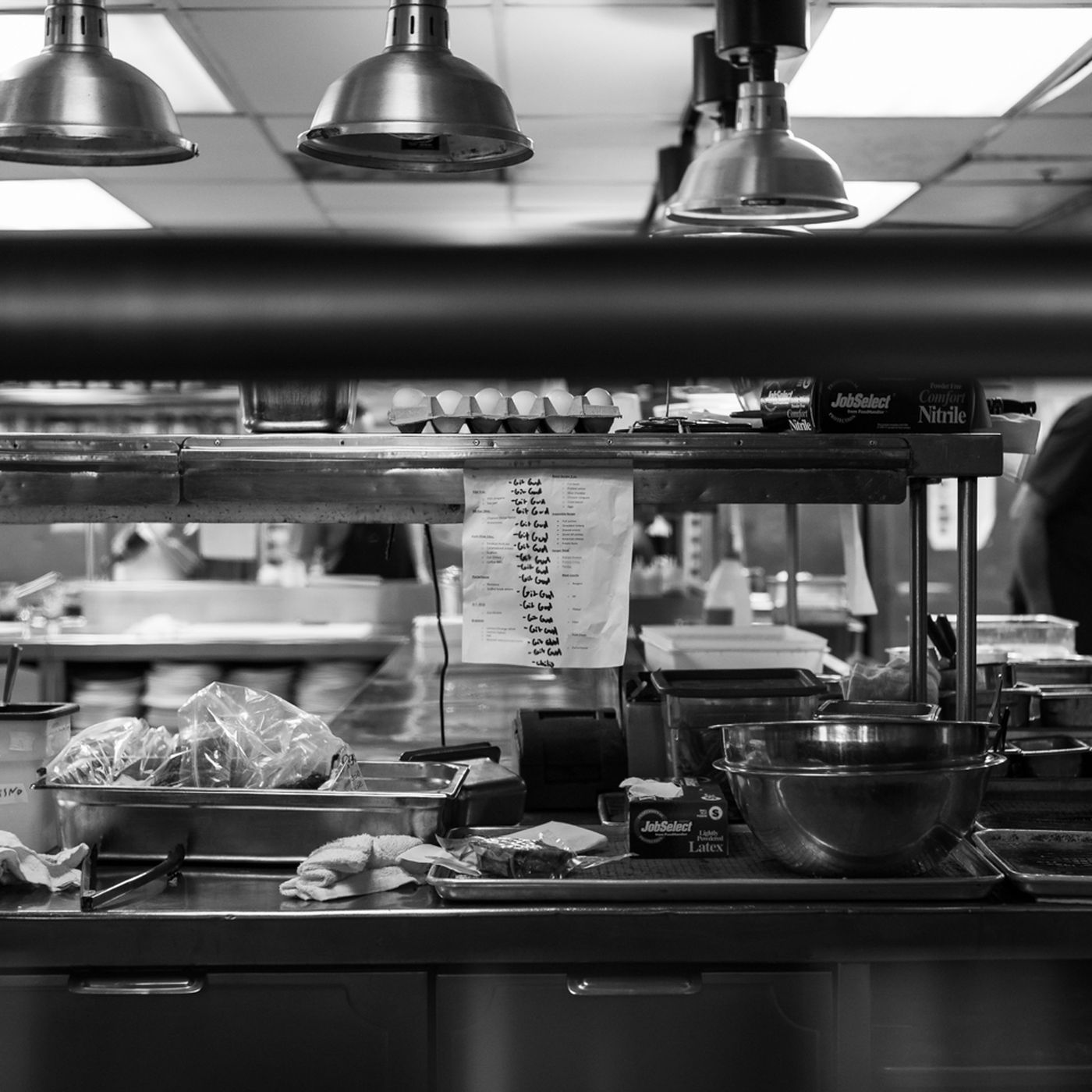The world of dining has evolved beyond the traditional brick-and-mortar establishments to include a wide range of options.
A number of pop-up restaurants and food trucks have gained a great deal of popularity over the past few years because of their ability to deliver unique culinary experiences on wheels or in temporary locations. If you’re considering venturing into the exciting realm of pop-up restaurants or food trucks, this article offers valuable advice on developing successful concepts, considering the challenges of limited space and mobility.
1. Define Your Concept and Niche
For your pop-up or food truck, you should start by defining a clear concept and niche for the business. What type of cuisine or food will you offer? Is there a specific theme or culinary focus that sets you apart? Your concept should be able to capture the attention of your target audience and should be tailored to their needs.
2. Research Your Location and Audience
Research is key in the world of pop-up restaurants and food trucks. Understand the local market and identify potential locations or events where your concept will thrive. Analyze the demographics and preferences of your target audience to tailor your offerings accordingly.
3. Optimize Your Menu
Given limited space and preparation capabilities, your menu should be streamlined and efficient. Focus on signature dishes that represent your concept well. Consider ingredients that are versatile and can be used in multiple menu items. A concise menu can also help with faster service.
4. Embrace Mobility
For food trucks, mobility is a defining characteristic. Plan your routes, events, and parking locations strategically to maximize visibility and foot traffic. Consider joining local food truck associations or networks to access information about popular spots and events.
5. Master Efficiency
Efficiency is crucial in pop-up restaurants and food trucks. Design your workspace for optimal flow and speed. Train your staff to work efficiently, especially during peak hours. Invest in high-quality equipment that can handle the demands of a mobile kitchen.
6. Create an Eye-Catching Brand
Your branding should be eye-catching and memorable. Design an attention-grabbing logo, vibrant vehicle graphics, and appealing signage. A well-branded food truck or pop-up can attract customers even before they taste your food.
7. Marketing and Social Media
Leverage social media and online platforms to build anticipation and engage with your audience. Post enticing photos of your dishes, share your schedule, and respond promptly to customer inquiries. Word-of-mouth and social media buzz can significantly boost your business.
8. Regulatory Compliance
Ensure you are aware of and compliant with all local regulations and permits required for operating a food truck or pop-up. This includes health permits, parking permits, and zoning regulations. Failure to comply can lead to legal issues and business disruptions.
9. Collaborate and Innovate
Collaborate with other businesses or participate in local events to expand your reach. Consider offering limited-time specials or promotions to keep your offerings fresh and exciting. Innovation and creativity can set you apart in the mobile dining scene.
10. Gather Feedback and Adapt
Make sure that you regularly ask for feedback from your customers and use it to improve your concept on a regular basis. It is important to pay attention to what works and what does not work. To stay relevant in the competitive landscape of food trucks and pop-up restaurants, you will have to adapt to changing tastes and preferences.
Summary
A successful pop-up restaurant or food truck concept requires a unique blend of culinary passion, business acumen, and adaptability. It is possible to create a concept that stands out and delights diners wherever you go by defining a compelling concept, conducting thorough research, and embracing the challenges of limited space and mobility. Mobile dining is more than just a trend; it is a dynamic and rewarding means of sharing your culinary creations with a wide range of diverse and ever-changing audiences.




